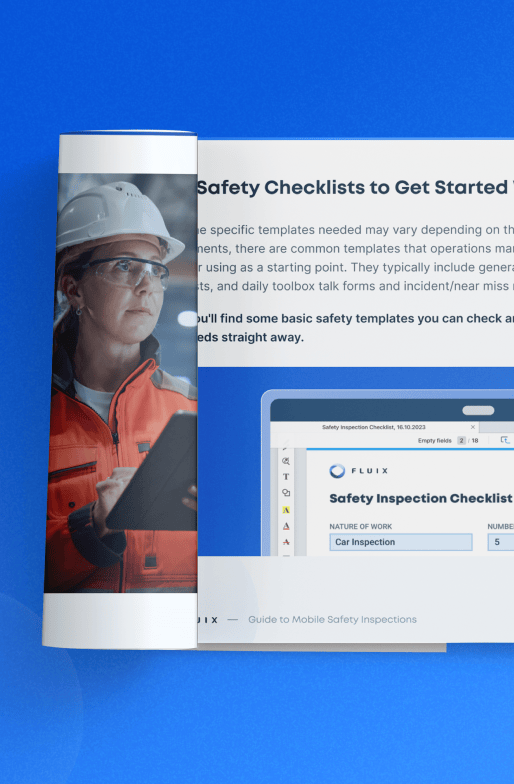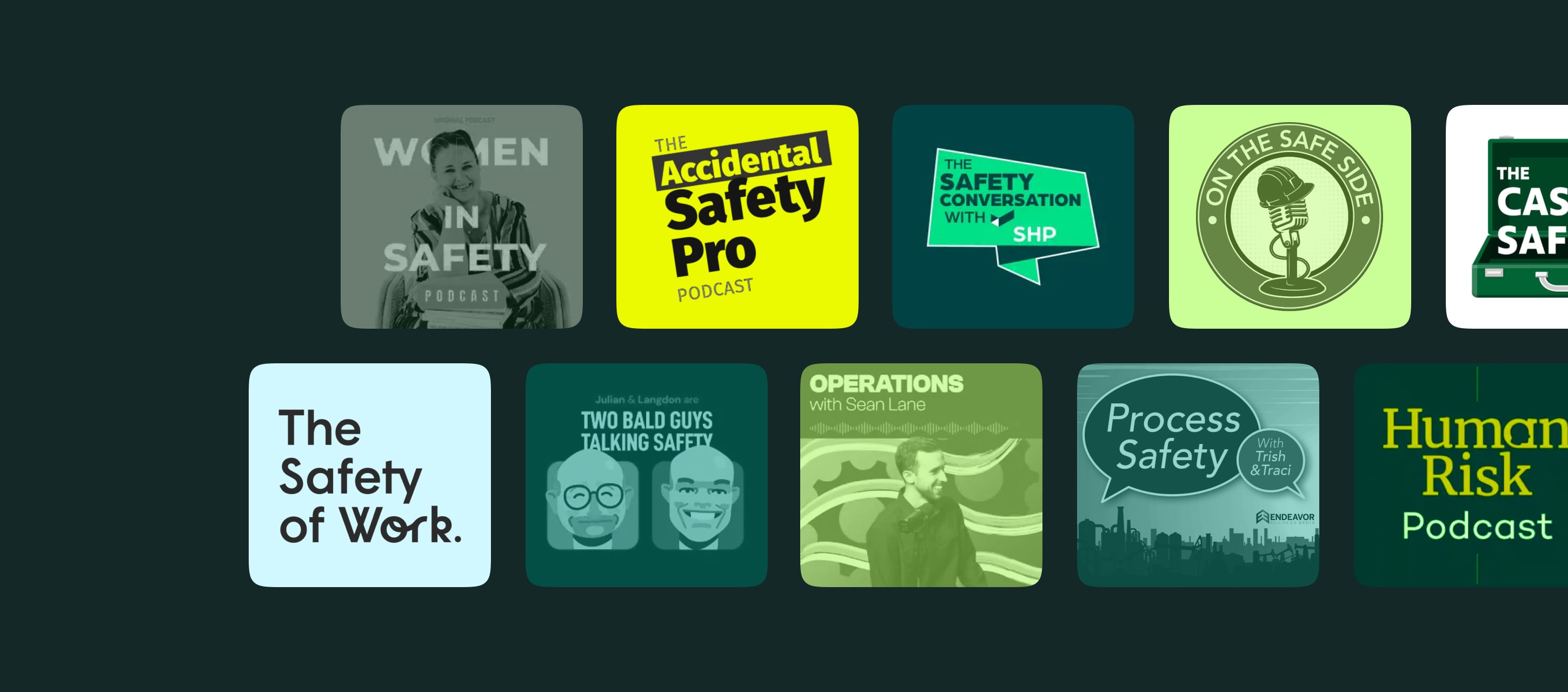Occupational Safety and Health Administration (OSHA) standards are a cornerstone of workplace safety in the United States. However, their principles and guidelines are often referenced and adapted by other countries and regions to establish their own workplace safety regulations.
In this article, in addition to answering the question”What are OSHA standards?” we’ll take a look at how your company can remain OSHA-compliant, including using dedicated compliance management software.
Contents:
What Are OSHA Standards in the Workplace?
OSHA standards are federal rules private sector employers must follow to protect workers from health and safety hazards.
These standards, based on scientific research and best practices, prevent workplace injuries, illnesses, and deaths. They apply to more than 7 million American businesses.
OSHA does not apply to family members of farm employers or self-employed individuals. If you work in an industry like mining or transportation, you’ll follow safety protocols from your specific federal agency instead of OSHA.OSHA updates its standards periodically in response to new safety and health research, technological advancements and workplace incidents. Stakeholders, including the public, can also petition OSHA to create new standards or safety metrics or update existing ones.
What Are the 4 OSHA Standards Categories?
OSHA safety standards have broad objectives, such as limiting hazardous noise and chemical exposure, mandating the use of safety equipment and practices and requiring safety documentation of hazards in the workplace. The standards fall into four broad categories.
General Industry
General industry (29 CFR 1910) OSHA regulations cover most workplace safety and health standards. They include regulations on walking-working surfaces, emergency planning, hazardous materials, personal protective equipment, machine guarding and electrical safety, among others.
Construction
OSHA construction (29 CFR 1926) standards apply to construction sites. They include specific OSHA requirements for fall protection, scaffolding, trenching and excavation, electrical wiring methods and personal protective and lifesaving equipment.
Maritime
The maritime category includes standards (29 CFR 1915, 1917, and 1918) that apply to shipyard employment, marine terminals and longshoring, respectively. It addresses unique hazards in maritime settings, such as dock safety, cargo handling and shipbuilding and repair.
Agriculture
Agriculture standards (29 CFR 1928) cover agricultural operations. They focus on practices relevant to farming, such as tractor safety, grain handling and the use of agricultural chemicals.
Read more: Read more: Key features of health and safety management software
These codes can be categorized into several types:
- Health Standards: These codes address hazards that can cause illness or impair health over time, such as exposure to toxic chemicals, noise and airborne contaminants.
- Safety Standards: These codes focus on preventing immediate injuries or accidents in the workplace, including regulations for machine guarding, fall protection and electrical safety.
- Ergonomics: These guidelines exist for several sectors. They are designed to prevent musculoskeletal disorders like carpal tunnel syndrome and back injuries.
- Emergency Preparedness and Response: This category includes standards for emergency action plans, fire prevention plans and the use of personal protective equipment during emergencies.
- Recordkeeping and Reporting: Employers are required to maintain records of work-related injuries and illnesses and report certain incidents to OSHA.
You should become familiar with the OSHA standards that apply to your job site and industry. The agency also has specific reporting rules for severe events. You must notify OSHA of injuries requiring hospitalization within 24 hours and workplace fatalities within eight hours.
How Does OSHA Enforce Its Standards?
OSHA uses inspections and investigations conducted by professional compliance officers to enforce its standards. Your company may be subject to an OSHA inspection based on various factors, such as a history of workplace accidents, frequent complaints and the severity of reported hazards.
OSHA prioritizes situations where workers are in imminent danger of serious injury or death, followed by investigations of severe injuries and illnesses, then worker complaints and finally, follow-ups to previous citations.OSHA conducted nearly 32,000 inspections in 2022, an increase from more than 24,000 in 2021. About 56% were unprogrammed inspections resulting from referrals, employee complaints, injuries or fatalities. In contrast, programmed inspections are planned reviews that focus on reducing incidents in hazard-prone industries.
The Ultimate Guide
to Safety Inspections
Essential tools, customizable templates, and expert tactics to help you improve your inspection process


If the officer detects that you have violated an OSHA requirement during an inspection, they may issue fines and order corrective actions you must complete by a specified deadline. In severe cases, OSHA can shut down the worksite until you remedy the hazards.
You have the right to contest an OSHA citation or penalty. You may also ask for more time to address violations. To assert this right, file a notice of contest within 15 business days of receiving the citation.
Why Is OSHA Compliance Important for Your Business?
Safety compliance and compliance with OSHA standards is not just a legal requirement; it’s a critical component for maintaining a safe and healthy workplace.
Adhering to these standards, as well as understanding the purpose of OSHA, helps prevent workplace accidents and illnesses, reducing the costs associated with lost productivity, medical expenses and workers’ compensation. In addition, a culture of safety in the workplace often improves employee morale and retention.
The complexity of some standards, particularly in industries with rapidly changing technologies, can pose compliance challenges. In this situation, your company can take advantage of numerous OSHA resources, including education programs, safety walks and consultation services designed to help employers understand and implement OSHA standards. These free resources are confidential, and using them will not result in investigations or penalties.
Staying on Top of OSHA Standards with Fluix
The answer to “What are OSHA standards?” will evolve as workplace practices and technologies advance. At the same time, data collection and reporting on safety will remain significant aspects of workplace safety.
Fluix, safety compliance management software with extensive safety management functionality, can give you a hand.
With features like digital documentation, checklist templates, real-time reporting, automated workflows and safety audit trails you can maintain comprehensive records of safety-related activities, providing transparency and accountability in adherence to OSHA standards and regulations.







